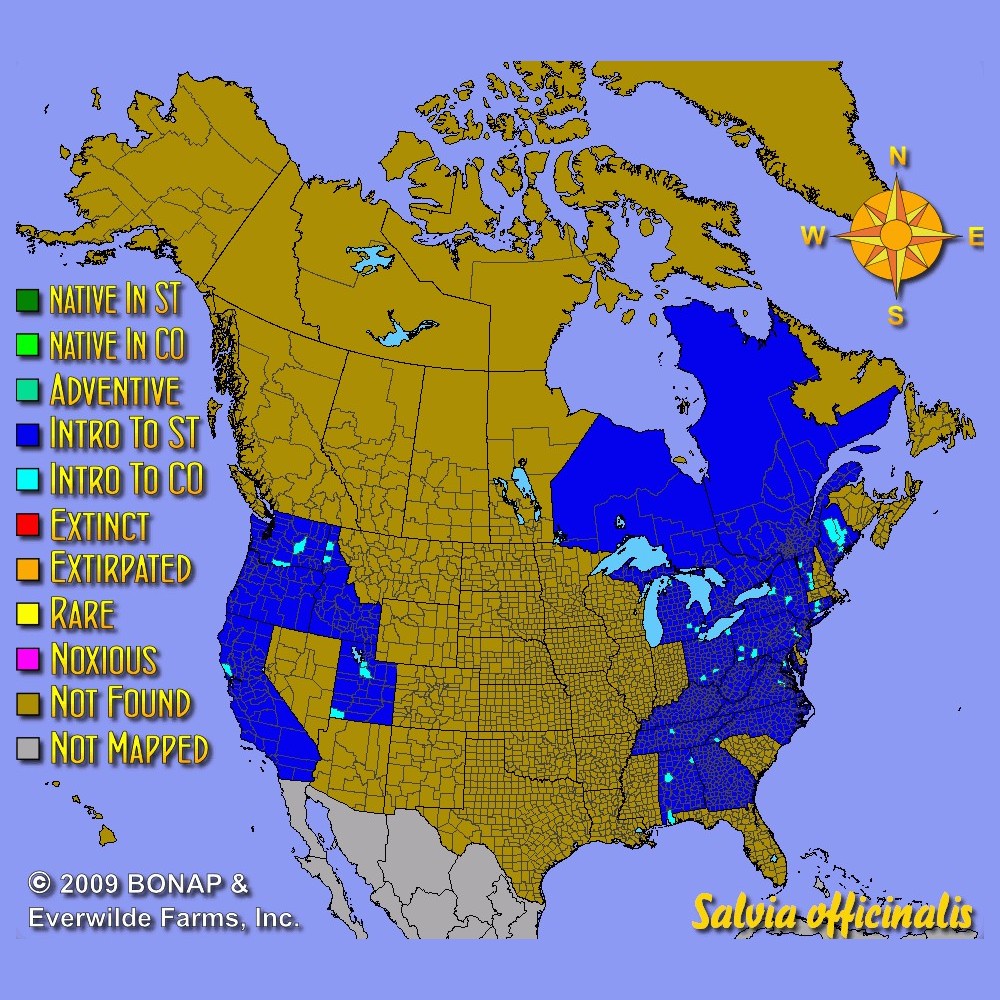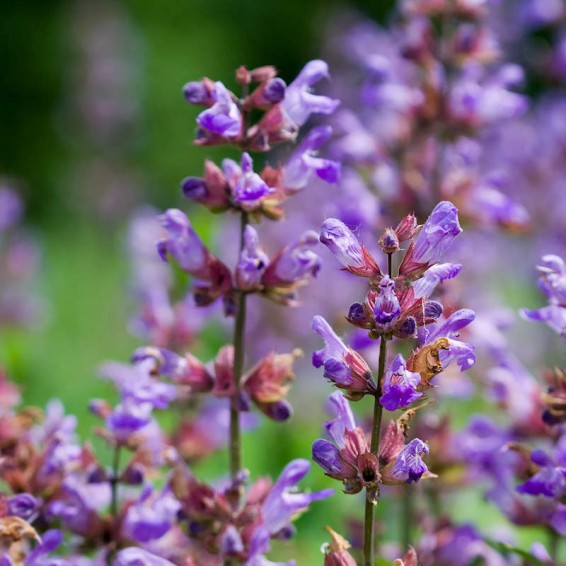Kitchen Sage Seeds
- HOW TO GROW
- FAST FACTS
- REVIEWS
HOW TO GROW
Sowing: Direct sow in late fall, pressing into the surface of the soil since this plant needs light to germinate. For spring planting, mix the seeds with moist sand and store in the refrigerator for 30 days before planting. Keep the soil lightly moist until germination, which usually takes 1-2 weeks.
Growing: Water seedlings regularly until they become established. This plant grows very quickly and needs little care, though watering during especially dry weather will improve its blooming. Mature plants tolerate heat and drought well, as well as thriving in sandy or rocky soils. Cut back the growing stems to encourage bushier growth. This plant attracts bees and butterflies, and will self-seed unless cut back after flowering has finished.
Harvesting: For cut flowers, choose stems with flowers that have just opened. Strip the foliage that will fall below the water level, and place in water immediately.
Seed Saving: The flower spike will turn brown and dry while the seeds begin to form. Watch the plant carefully, since the seeds will soon blow away with the wind. Shake the ripe brown heads over a container to remove the seed. Store Kitchen Sage wildflower seeds in a cool, dry place.
FAST FACTS
Common Names: Common Sage, Garden Sage, Dalmation Sage
Latin Name: Salvia officinalis
Species Origin: Introduced US Wildflower
Type: Garden Flowers
Life Cycle: Perennial
USDA Zones: 4, 5, 6, 7, 8, 9
US Regions: California, Mountain, Arid/Desert, Plains/Texas, Midwest, Northern, Northeast, Southeast
Seeds per Ounce: 3,800
Stratification: No Stratification
Germination Ease: No Stratification
Sunlight: Full Sun, Part Sun
Height: 24 Inches
Color: Blue
Bloom Season: Blooms Early Summer, Blooms Late Summer
Uses: Deer Resistant
Perfect!
Good price, great shipping time, love the packaging!
DESCRIPTION

HOW TO GROW
Sowing: Direct sow in late fall, pressing into the surface of the soil since this plant needs light to germinate. For spring planting, mix the seeds with moist sand and store in the refrigerator for 30 days before planting. Keep the soil lightly moist until germination, which usually takes 1-2 weeks.
Growing: Water seedlings regularly until they become established. This plant grows very quickly and needs little care, though watering during especially dry weather will improve its blooming. Mature plants tolerate heat and drought well, as well as thriving in sandy or rocky soils. Cut back the growing stems to encourage bushier growth. This plant attracts bees and butterflies, and will self-seed unless cut back after flowering has finished.
Harvesting: For cut flowers, choose stems with flowers that have just opened. Strip the foliage that will fall below the water level, and place in water immediately.
Seed Saving: The flower spike will turn brown and dry while the seeds begin to form. Watch the plant carefully, since the seeds will soon blow away with the wind. Shake the ripe brown heads over a container to remove the seed. Store Kitchen Sage wildflower seeds in a cool, dry place.
FAST FACTS
Common Names: Common Sage, Garden Sage, Dalmation Sage
Latin Name: Salvia officinalis
Species Origin: Introduced US Wildflower
Type: Garden Flowers
Life Cycle: Perennial
USDA Zones: 4, 5, 6, 7, 8, 9
US Regions: California, Mountain, Arid/Desert, Plains/Texas, Midwest, Northern, Northeast, Southeast
Seeds per Ounce: 3,800
Stratification: No Stratification
Germination Ease: No Stratification
Sunlight: Full Sun, Part Sun
Height: 24 Inches
Color: Blue
Bloom Season: Blooms Early Summer, Blooms Late Summer
Uses: Deer Resistant
Reviews
Review
Perfect!
Good price, great shipping time, love the packaging!





